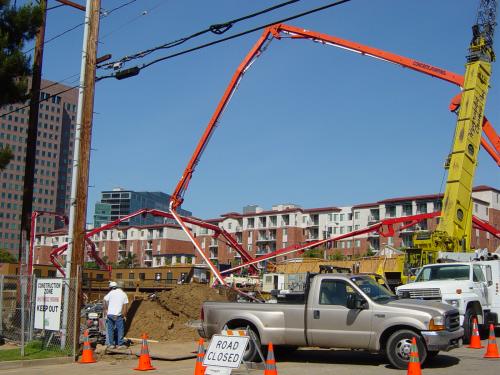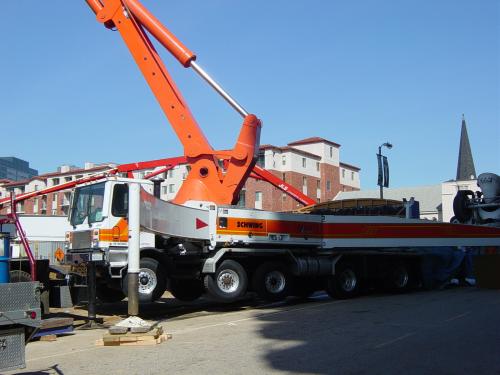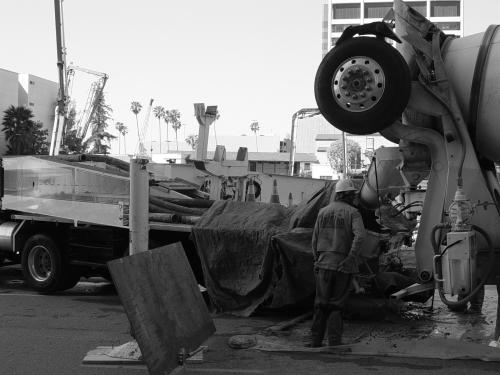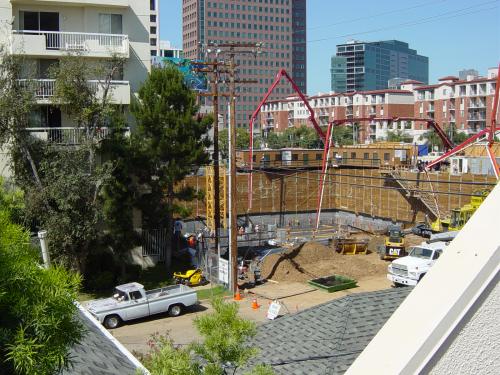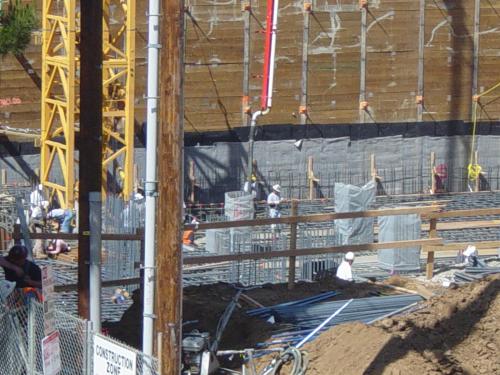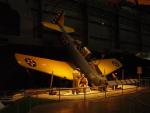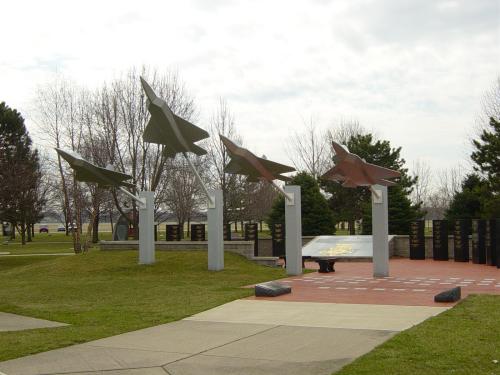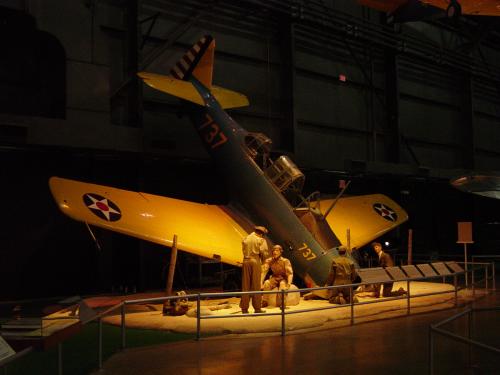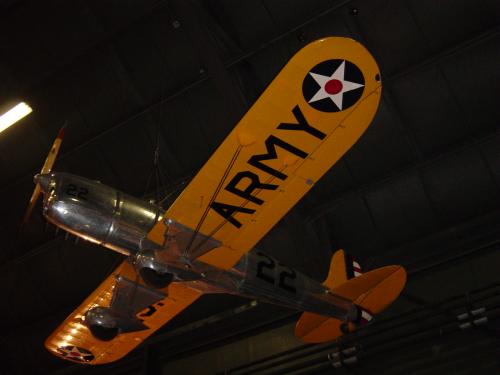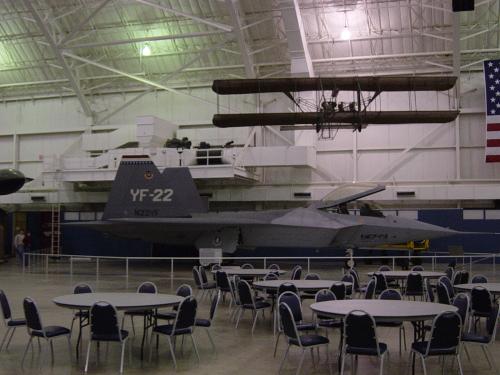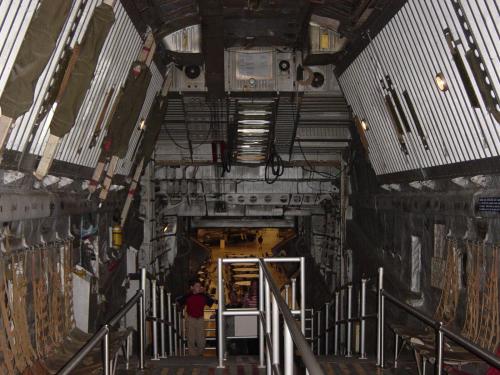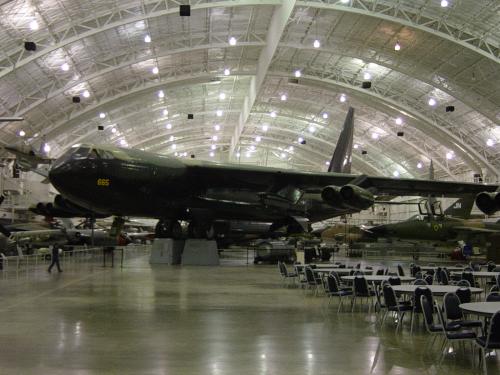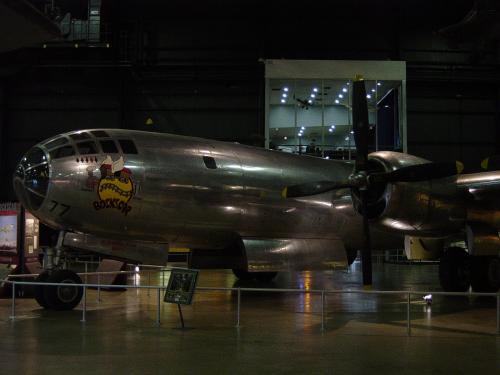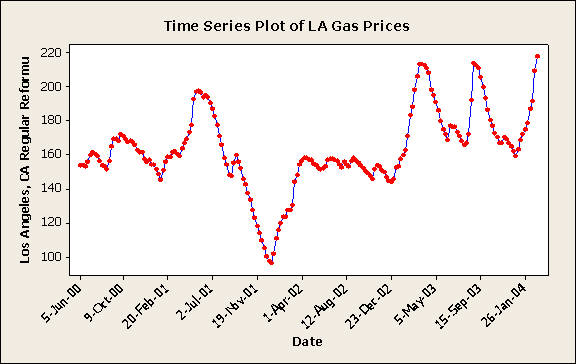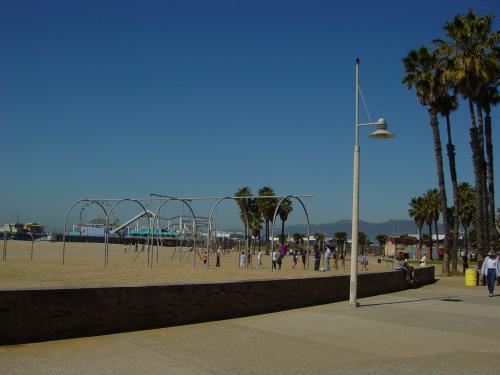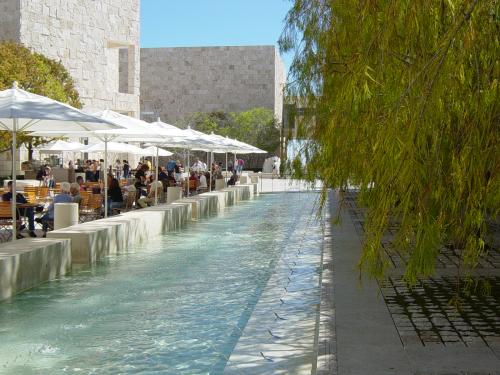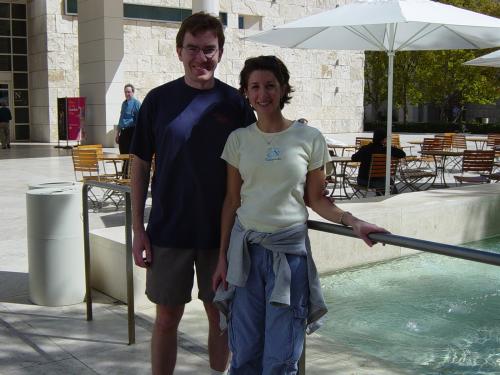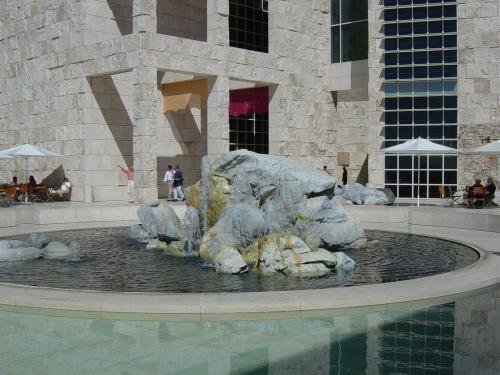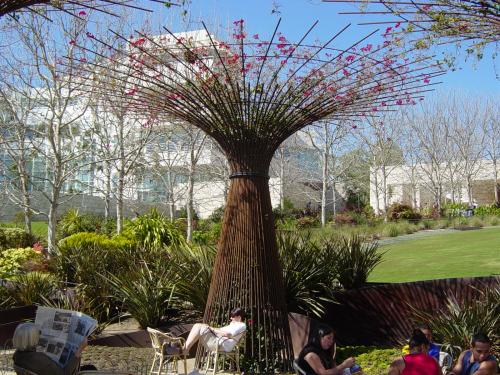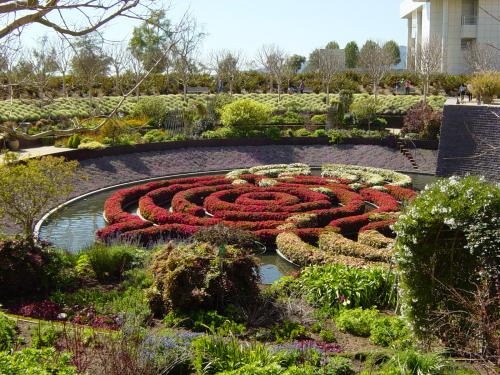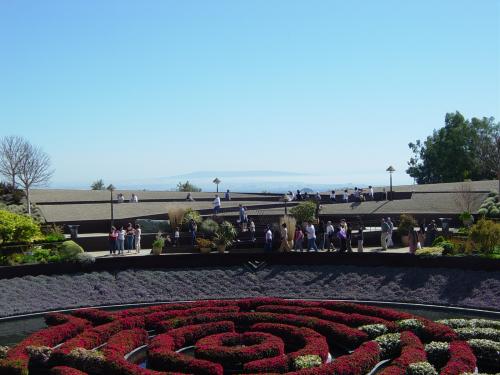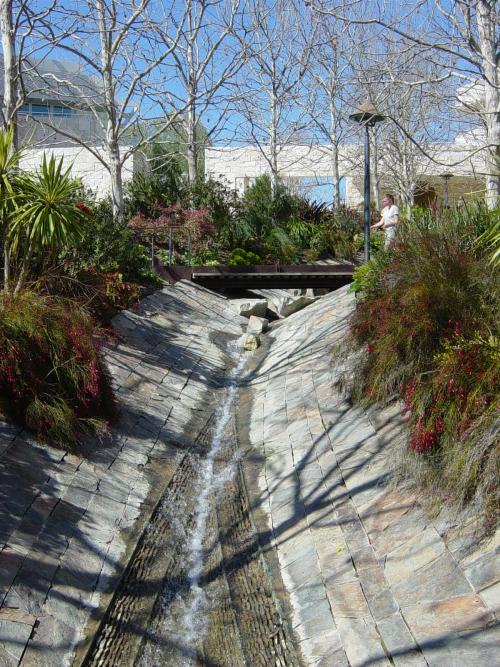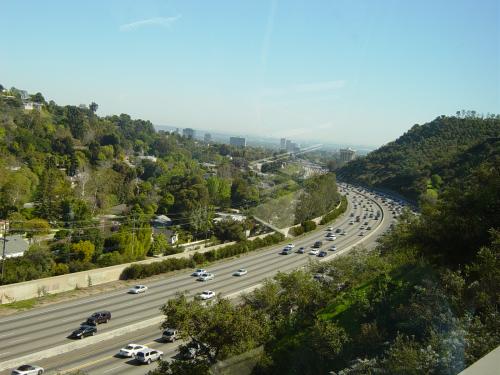It has been almost two months since I tried to reimagine my note-taking habits, via Microsoft OneNote. The free trial is almost over, and Iím going to have to decide if I want to put up my hard-earned dough for the product. What kinds of lessons have I learned? Should I continue the grand experiment, or tuck tail and retreat to the classic pen / paper?
First, some comments about my usage. It is installed on my powerful, heavy, bulky, electricity-sucking, thermally-inefficient Sony PCG-GRT150 laptop. (If I were to ever abandon the laptop in the dead of an urban winter, vagrants would stand around warming their hands over it. For about an hour and a half.) I used it to take notes at a small industry working meeting, where several people gave small presentations. Iíve used it extensively to take notes on my own research (mostly web-based). But Iíve mostly used it to take notes for my Finance and Economics classes. I think that I would have used it for a lot more if my laptop was more portable.
I found it great for organizing research from the web. It automatically adds the website reference and date when copying text from Internet Explorer. I could bounce from one end of Google to the next, using the olí human algorithm to determine the REAL PageRank, while letting my faithful servant keep a trail of breadcrumbs back home. Cutting/pasting pictures and tables was fairly intuitive. Excel workbooks and such can be linked into it (the files are stored in the same directory as the OneNote files), so OneNote might evolve into an analysis data-organization tool for me.
Last quarter, both of my professors would post the lecture notes in PowerPoint form, before class. Many other students would take notes directly in the notes section in the PowerPoint file. In OneNote, PowerPoint slides can be pasted into a note page, by copying slides individually (in slide-sorter mode) and pasting them in order. All of the formats and such are preserved, as the slide is pasted as a picture. I pasted all of the slides on one side of note page, and took my personal notes next to each slide. I was initially very pleased with that, but the sweet juices of productivity-based pleasure have soured into a vinegar of annoyance: There isnít a good way of importing a whole presentation without the manual labor of touching each slide, and search doesnít work on the imported slides (as they are just pictures).
After cutting and pasting my way through my finance professorís 100-slide lecture on option pricing, I cast about in despair for a scripting solution. Despite all my rage, though, I was still just a rat caught in an inextensible cage. With a VBA-like environment, I could easily utilize the PowerPoint object model to import slides piece-by-piece (if needed). If OneNoteís (notional) object model supported alternate text for graphics (similar to the HTML IMG ALT tag), the slide pictures could be displayed, but the text stored internally for searches. I suppose that this feature could be included directly in the program (especially because PowerPoint presentations are probably the most common form note-taking opportunity around in the business world), but the fact of the matter was that it wasnít there, and I donít know what other potential useful ways of manipulating my notes could come along that arenít supported. (What about algorithms that organize notes, such as adding a new note page that contains a summary or something? Just another idea off of the top of my head, and implementable by a savvy user if there was a scriptable API / object model.)
Some have suggested that, even though computer note-taking (via OneNote) has some advantages, it is outweighed by the effect of distracting the student from lecture itself. While I can understand the concern, I did not really find that to be a problem. I did not spend a lot of time doing extra work (such as formatting), and my dexterous fingers can type quickly. The biggest problem was in drawings and figures: A mouse is just nowhere near a pen in terms of quickly sketching things out. (How far along is the tablet / electronic ink technology? Have MS or others come up with a user-interface that is close to the ultra-intuitive pen? Can I afford it?) In general, though, I thought that the OneNote designers did a good job at making low-friction text entry with a reasonable level of structure.
Time must be taken to ďmove inĒ. Think of it as a capital expenditure, used to reduce the operating expenses. I found the user-interface a bit cluttered with toolbar buttons, which I find useless until I know the program well. I think that I can understand why they included ďsub-pagesĒ, but I havenít found them to be too useful yet (especially as they donít have unique text in the right-side tab bar). I search a lot less than I anticipated, and draw more than I anticipated (at least, for this set of classes). The note flags should be customized for oneís own use. Iíve never shared my notes with anyone else (electronically), so I havenít tested that feature out.
But, in general, I think that it is a good thing, and I will probably buy a license. More importantly, I think that I will continue to use it to organize notes, even with my bulky laptop. Kudos to the OneNote designers, who created a pretty good product on its initial release.
